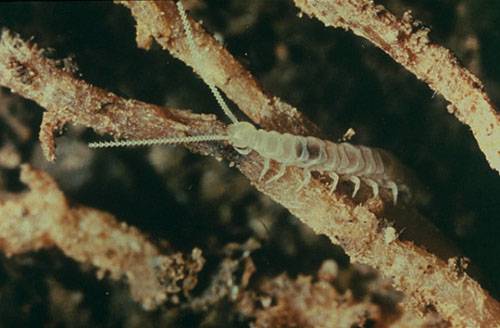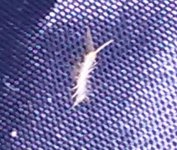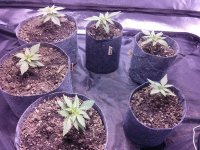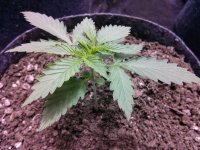That's one heavy duty predator! Seriously though symphylans are tough to deal with in open agriculture.
You know I was JK about the ignoramus thing
Dude...I got a trial approved for this summer through an ag focused university so I ain't a total dork...lol! I behave well when I need to. Hope it works out OK cause my day job needs to go.
I knew you were joking. I'm not that much of an ignoramous!
When we did our 5-7 year indoor notill vertical bin experiment we brought the rove beetles in with the outdoor soil and they just stuck around and multiplied.






